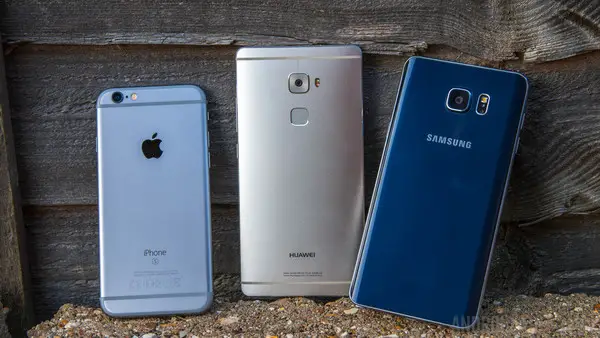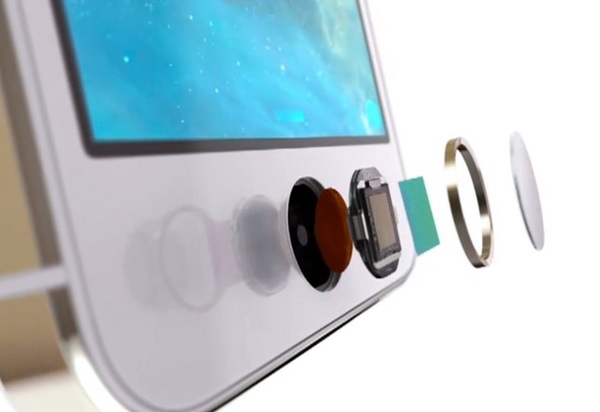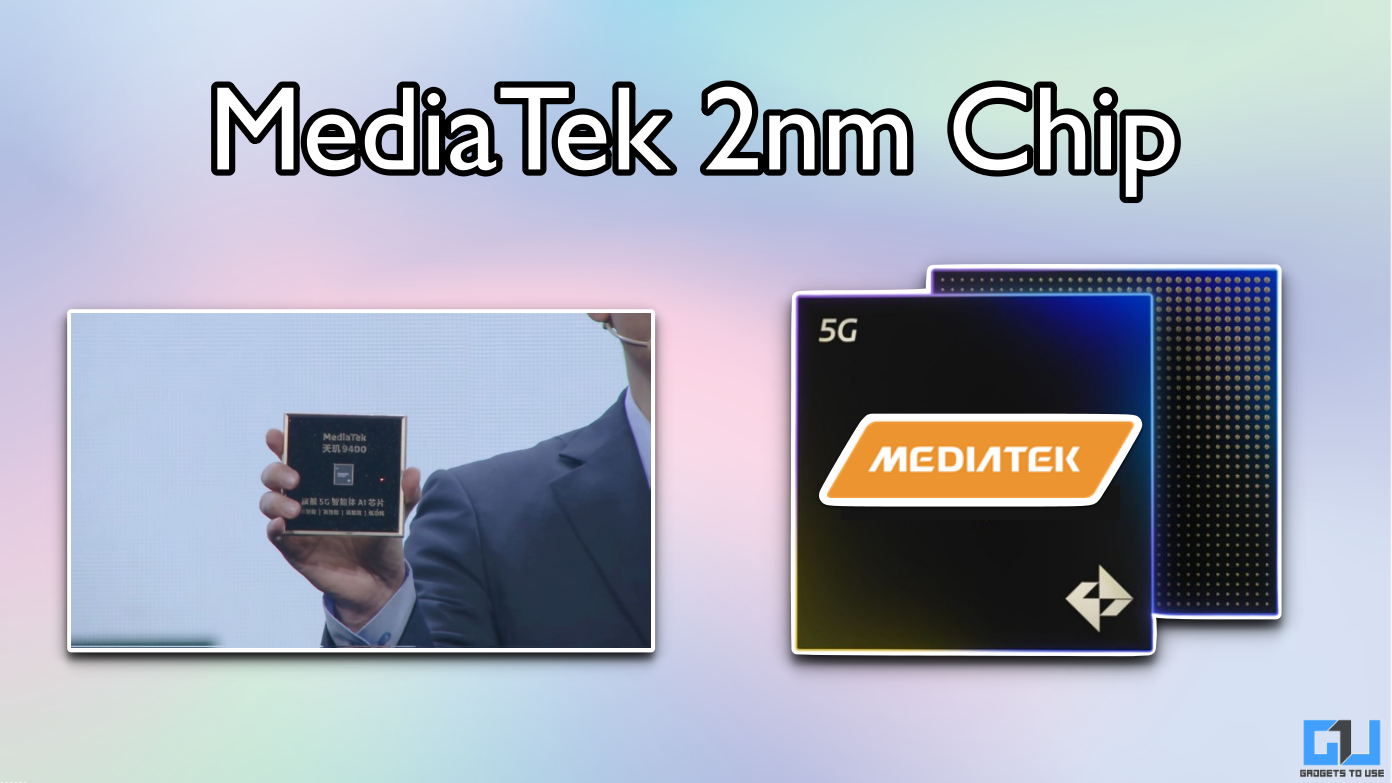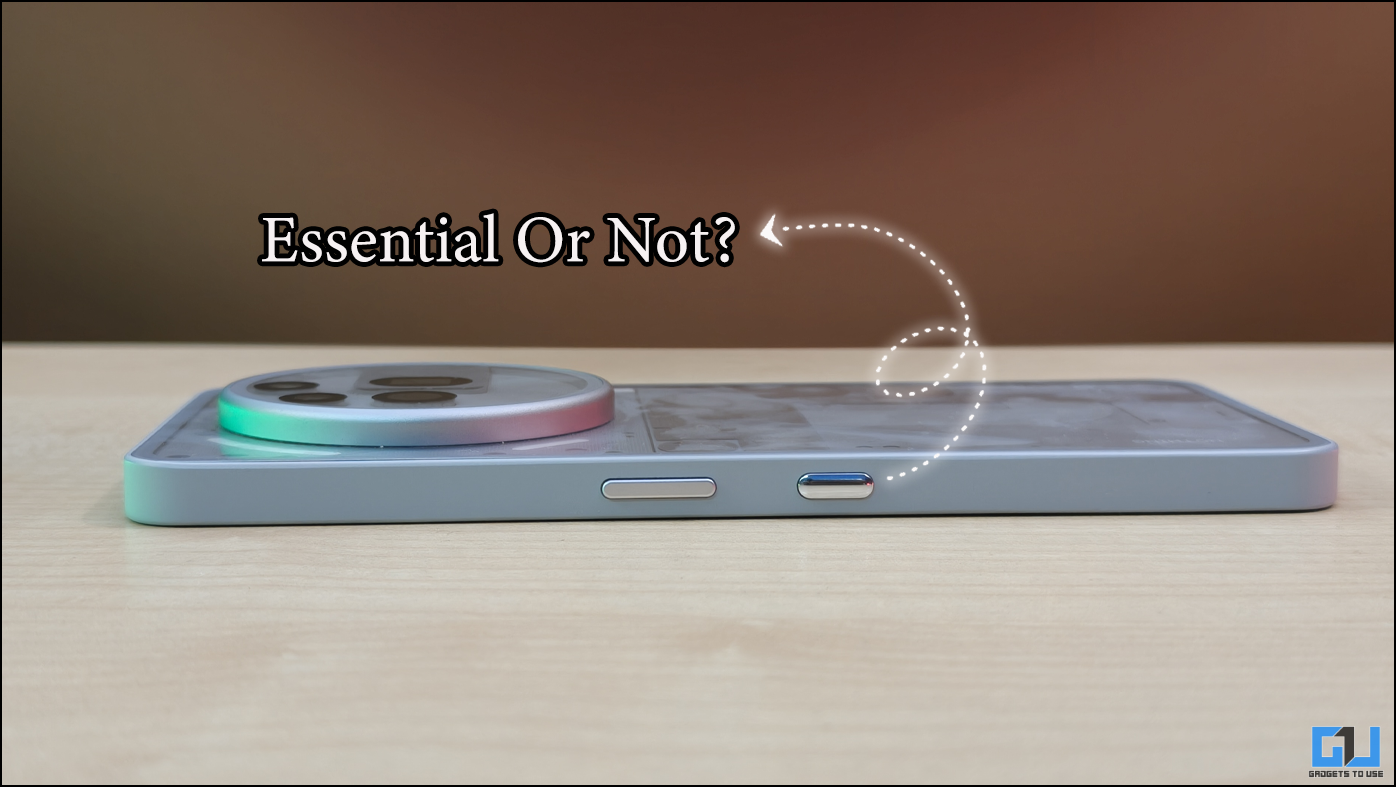Quick Answer
- The intensity of the bounced wave is inspected through a sensor which uses mechanical stress to calculate the intensity of the returning ultrasonic pulses at different points of the scanner.
- There are different types of fingerprint scanners available in the market, which include an optical scanner, capacitive scanner, and ultrasonic scanner and depending on the technology, different smartphones use different types of fingerprint scanner.
- This is one of the widely used fingerprint scanners in a smartphone, which uses a series of capacitors to collect information about a fingerprint.
First introduced with iPhone 5S, the fingerprint scanner became a centre of attraction for many technology enthusiasts. Later, the technology was adopted by other smartphone manufacturers as well.
Now, a fingerprint scanner is not only restricted to high-end phones, and available with other phones as well. There are different types of fingerprint scanners available in the market, which include an optical scanner, capacitive scanner, and ultrasonic scanner and depending on the technology, different smartphones use different types of fingerprint scanner. The fingerprint scanners that are mostly used in smartphones are Capacitive scanners and Ultrasonic scanners. So here is a brief description of how the two widely used scanners work:
Capacitive Scanner
This is one of the widely used fingerprint scanners in a smartphone, which uses a series of capacitors to collect information about a fingerprint.
The collection of information is done by connecting these series of capacitors to conductive plates and as capacitors are capable of storing electrical charge, information gets easily stored.
The charge stored in the capacitor changes with the movement of the finger and with an air gap the charge remains unchanged. The changes in the capacitor charge are tracked through op-amp integrator circuit, and recorded by an analogue-to-digital converter.
After capturing the digital data, it can be analyzed for unique fingerprint attributes that can be saved for comparison at a later stage.
The unique aspect about the capacitive scanner is that the responses made by fingerprint cannot be replicated with an image and tough to fool with prosthetic as well. This is mainly because different materials are used to record different changes in charge of the capacitor. The only way to breach the security is by hardware or software hacking. By creating a large array of capacitor scanner helps in creating a clear and highly detailed image of the ridges and valleys of a fingerprint. The higher number of scanners means better clarity and more security.
Ultrasonic Scanner
The Ultrasonic scanner is the latest to enter the smartphone world and can be seen in most of the high-end phones nowadays. The hardware consists both transmitter and receiver to capture the fingerprint data.
When a finger is placed on the scanner, an ultrasonic wave is transmitted. Some part of the transmitted wave is absorbed while some gets passed away, depending on the ridges, pores and other details which are unique to the fingerprint. The intensity of the bounced wave is inspected through a sensor which uses mechanical stress to calculate the intensity of the returning ultrasonic pulses at different points of the scanner.
Scanning for a longer period results in a highly detailed 3D reproduction of the scanned fingerprint. This 3D reproduction of the images makes it more secure when compared to other scanners.
Algorithms And Cryptography
The scanned data of fingerprints is processed through different algorithms that vary in terms of speed and accuracy. The scanners are accompanied with dedicated IC that helps in interpreting the data and then transmitting it to the processor to be used in different ways.
Most of the algorithms search ridges, lines end, or where a ridge splits in two. By collecting different patterns and distinctive features, a minutiae is created and when a scanned fingerprint matches to any of the minutiae, a particular function is performed. Comparing minutiae not only reduces the processing power required to identify different fingerprints but, it also saves a lot of time.
It also reduces the chances of error if the scanned fingerprint is flecked and even allows partial print to take an action. Now, to keep the captured data safe, instead of placing it online, the ARM processors keep this information on the physical chip using Trusted Execution Environment (TEE) based TrustZone technology.
This secure area is also used for other cryptographic processes. The smartphones with Qualcomm save this data on Secure MSM architecture while Apple takes this data to “Secure Enclave” but, the root principle is same for both.
Conclusion
Fingerprint scanners have become an effective alternative method of securing the data and it is likely to be adopted by more number of companies in their handsets in near future. Not only for operating the phone but, this technology is widely adopted for secure mobile payment systems as well.














